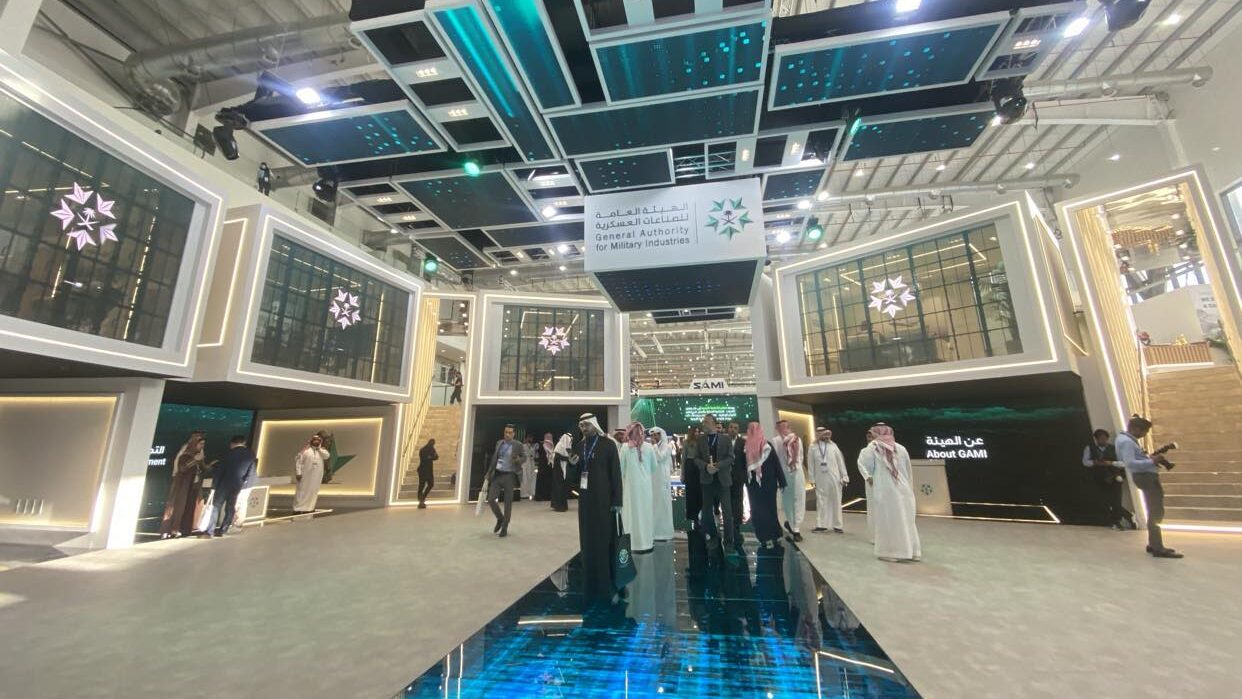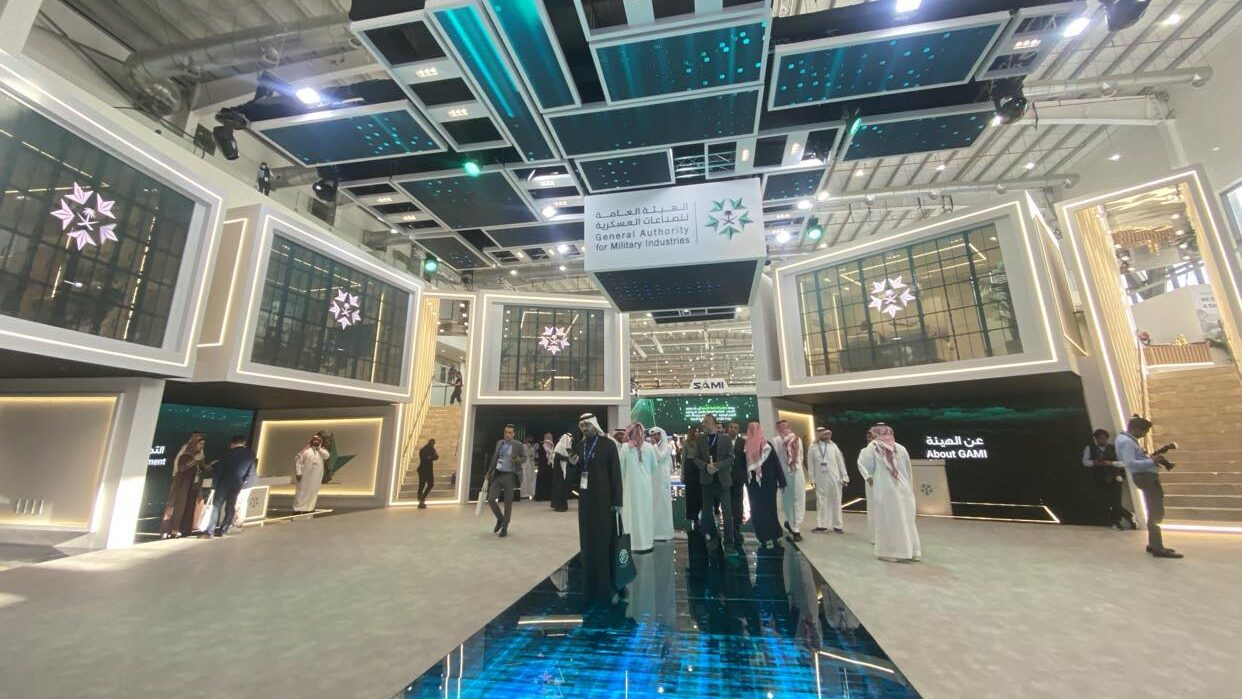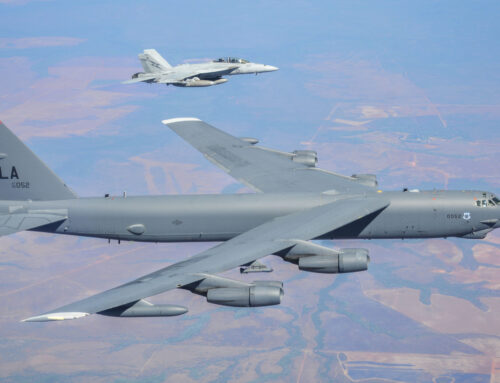
The GAMI stand seen at World Defense Show 2024. (Agnes Helou/Breaking Defense)
BEIRUT — The Kingdom of Saudi Arabia has allocated $78 billion for defense spending in 2025, up from $75.8 billion spent in 2024, Governor of the General Authority for Military Industries (GAMI) Ahmad Al-Ohali said in a statement Saturday.
“The Kingdom allocated approximately $78 billion to the military sector in the 2025 budget, which constitutes 21% of total government spending and 7.1% of Saudi Arabia’s gross product,” he said, according to the statement.
The statement further noted that the Kingdom has witnessed a 4.5 percent annual defense growth since 1960, adding that it has become the fifth largest defense spender worldwide and the largest in the Arab world.
Saudi Arabia, historically one of the largest defense importers worldwide, is concentrating heavily on the Kingdom’s Vision 2030, which was launched in 2016. It aims to decrease the Kingdom’s dependence of the oil sector and boost other sectors based on national production. Vision 2030 has a set goal of localizing 50 percent of all defense spending by 2030, and has been pushing defense firms to open regional headquarters in the Kingdom.
“I am really confident that by 2030 we will reach 50 percent [localization], [even] more than 50 percent,”Al-Ohali told Breaking Defense in February 2024.
The localization rate of military industries reached 19.35 percent at the end of 2023, according to the statement.
“The Authority’s vision is to develop a sustainable military industries sector that enhances the readiness of military equipment and contributes significantly to the national economy,” Al-Ohali said on Saturday, according to a translated post on X.
GAMI, which is the contracting authority for the Saudi MOD, launched in October 2023 “Invest in Saudi Arabia” section on its official website with the goal of pointing international firms to areas of opportunity to invest in the Kingdom.
During his speech on Saturday, Al-Ohali highlighted that there are 74 opportunities within Saudi supply chains for military industries, “identifying 30 opportunities as a priority, representing about 80% of the total future expenditures on supply chains,” per the post on X.








